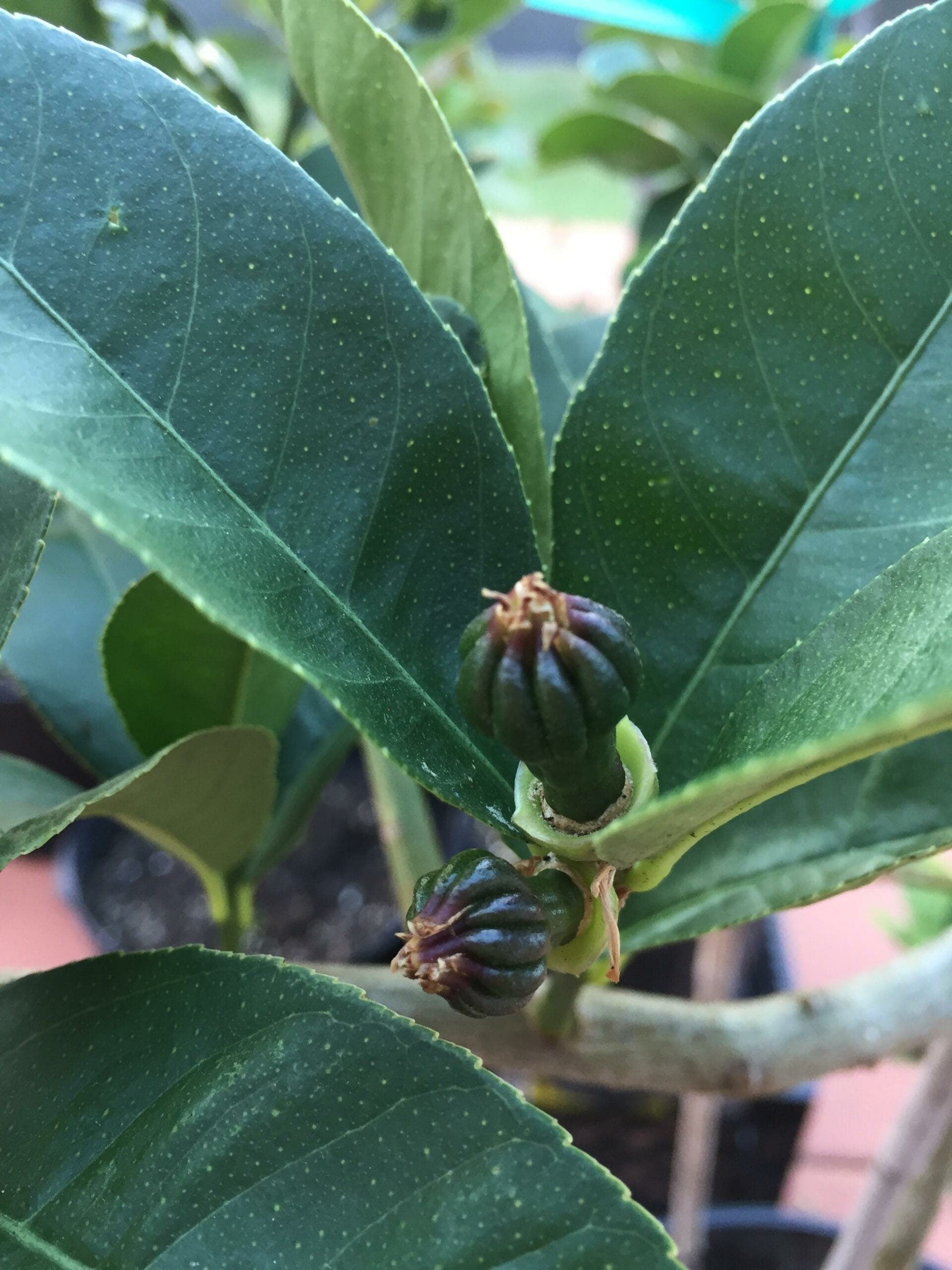This comprehensive guide explores the fascinating world of the Buddha’s Hand citron, from its rich history and cultural significance to practical tips for cultivation and exciting culinary applications.
Discovering the Buddha’s Hand Citron
The Buddha’s Hand citron (Citrus medica var. sarcodactylis) is a unique citrus fruit known for its striking appearance. Resembling a hand with finger-like segments, this fragrant fruit holds symbolic meaning in Buddhist traditions, often representing good luck and happiness. Originating from Northeast India or China, the Buddha’s Hand has captivated people for centuries with its unusual form and captivating aroma. It’s more than just a fruit; it’s a conversation starter, a culinary delight, and a symbol of good fortune.
Cultivating Your Own Buddha’s Hand
Growing a Buddha’s Hand citron can be a rewarding experience. While it requires some specific care, it’s generally a low-maintenance plant once you understand its needs. Ongoing research continues to refine our knowledge about optimal cultivation techniques, but the following guidelines will give you a solid foundation for success.
Giving Your Buddha’s Hand the Royal Treatment: A Step-by-Step Guide
Finding the Sweet Spot (Location): Buddha’s Hand plants thrive in a location with 6-8 hours of sunlight daily, preferably with some protection from intense midday sun. A south-facing window or a sunny patio is likely ideal. Shielding it from strong winds is also recommended.
Perfecting the Soil: Well-draining soil is crucial. A citrus-specific potting mix amended with perlite or sand will improve drainage and prevent root rot. Aim for a slightly acidic pH between 6.0 and 7.0.
Watering Wisely: Consistent, moderate watering is key. Water deeply, but allow the top inch or two of soil to dry out between waterings. Avoid overwatering, which can lead to root rot.
Nutritional Boost (Fertilizing): Feed your Buddha’s Hand with a balanced citrus fertilizer during the growing season (spring and summer). Follow the package instructions, as over-fertilizing can be detrimental. Some experts also recommend annual soil replacement instead of frequent fertilization due to the plant’s slow growth. More research may be needed to fully understand the optimal fertilization strategy.
Pruning Basics: While not strictly necessary, occasional pruning can help maintain shape and encourage fruiting. Remove dead, damaged, or crossing branches in late winter or early spring. Research specific pruning techniques for Buddha’s Hand citron to optimize fruit production.
Winter Care: In colder climates, bring the plant indoors during winter to protect it from frost. Research optimal overwintering practices, including temperature, light, and watering requirements.
Decoding Distress Signals: Troubleshooting Common Issues
| Problem | Possible Cause(s) | Solution(s) |
|---|---|---|
| Yellowing leaves | Overwatering or underwatering, nutrient deficiency | Adjust watering schedule; check for root rot; consider soil testing and appropriate fertilization. |
| Curling leaves | Too much sun, underwatering, pests, temperature fluctuations | Move to a shadier spot; increase watering; inspect for pests; ensure stable temperatures. |
| Fruit drop | Lack of pollination, environmental stress, temperature extremes | Hand-pollinate flowers; ensure optimal growing conditions; protect from temperature fluctuations. |
Remember, caring for plants is a continuous learning process. Don’t hesitate to consult local gardening experts or your local agricultural extension office for personalized advice.
Is a Citron the Same as a Buddha’s Hand?
The Buddha’s Hand is a type of citron, but a distinct variety (Citrus medica var. sarcodactylis). Think of it this way: all squares are rectangles, but not all rectangles are squares. While both belong to the citrus family, the Buddha’s hand has unique qualities. Ongoing research suggests potential genetic differences, further distinguishing it.
| Feature | Citron | Buddha’s Hand |
|---|---|---|
| Fruit Type | Citrus fruit | Variety of citron |
| Shape | Round or oblong, often bumpy | Finger-like segments, resembles a hand |
| Rind | Thick, often bumpy | Thick, fragrant, finger-like |
| Pulp/Juice | Present, often acidic | Little to none |
| Primary Use | Candying, liqueur, zest | Zest, candying, fragrance, religious offerings |
The Buddha’s Hand, unlike other citrons, is prized for its fragrant rind, not its juice. This fragrant rind offers a unique aromatic profile compared to other citrons, making it ideal for zesting, candying, and perfuming. Its distinct appearance and minimal pulp set it apart in the citrus world.
How to Eat Buddha’s Hand Citron
The Buddha’s Hand citron offers a unique culinary adventure centered on its aromatic rind. Forget juicing; it’s all about the zest!
Culinary Applications:
- Zest It Up: Grate the outer rind using a microplane or fine grater. This zest adds a powerful citrus punch to baked goods, salads, and pasta dishes.
- Candy It: Candied Buddha’s Hand is a visually stunning and flavorful treat. Experiment with different candying methods to find your preferred sweetness and texture.
- Infuse It: Infuse liquors, oils, and vinegars with the fragrant rind for unique cocktails, dressings, and marinades.
- Flavor Enhancer: Add thin slices or chopped pieces of the rind to sauces, marinades, or savory dishes, particularly seafood and poultry.
- Garnish and Impress: Elevate your dishes and cocktails with the visually striking Buddha’s Hand segments as a garnish.
- Lemon Zest Substitute: Buddha’s Hand zest can replace lemon zest in recipes, offering a brighter, more complex citrus flavor.
Beyond the Kitchen:
The dried rind can be used in potpourri or sachets. Explore creative uses like scented candles or soaps using the essential oils. Ongoing research is exploring potential health benefits, particularly its antioxidant properties.
A Word of Caution: Be mindful of potential citrus allergies. The pith (white part of the rind) can be bitter, so remove it according to your preference.
Explore the rich history and craftsmanship behind some of the most iconic amusement rides at the Allan Herschell Carousel Museum.
- Discover Long Black Pepper: Flavor & Health Benefits - April 25, 2025
- Shocking Twists: The Grownup Review: Unreliable Narration - April 25, 2025
- A Quiet Place Book vs Movie: A Deep Dive - April 25, 2025

















1 thought on “The Complete Guide to Growing and Using the Citron Buddha’s Hand Plant”
Comments are closed.